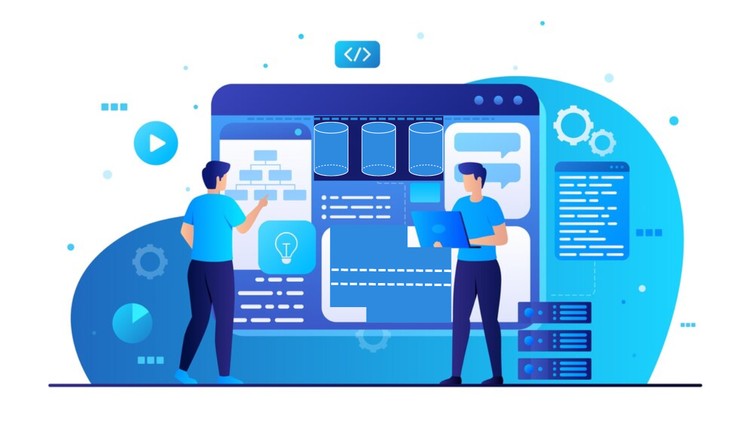Microsoft SQL Server: The Beginner's Guide
Learn SQL Server fundamentals, database management, querying techniques for real-world applications. Become Data Analyst
4.33 (3 reviews)

1,781
students
11 hours
content
Aug 2024
last update
$19.99
regular price
What you will learn
Understand the Basics of SQL: Gain a foundational understanding of SQL, including its syntax, structure, and common uses in database management.
Introduction to SQL Server: Learn the essentials of Microsoft SQL Server, its architecture, and how it fits into the broader SQL ecosystem.
Master SQL Constraints: Understand and apply SQL constraints to ensure data integrity and consistency within a database.
Familiarize with SQL Server Data Types: Learn about the various data types supported by SQL Server and how to choose the appropriate type for different kinds of
Learn DDL and DML Commands: Gain hands-on experience with Data Definition Language (DDL) and Data Manipulation Language (DML) commands.
Understand Database Normalization: Learn the principles of database normalization to design efficient and scalable database structures.
Introduction to MSBI: Get an overview of Microsoft Business Intelligence (MSBI) tools and their integration with SQL Server for data analysis and reporting.
Implement Error Handling: Learn how to implement effective error handling mechanisms within SQL Server to manage and troubleshoot common issues.
Retrieve Recent Records: Acquire the skills to query and retrieve the most recent records from a database, a common requirement in real-world applications.
Work with Stored Procedures: Develop, implement, and manage stored procedures in SQL Server to encapsulate complex SQL queries and improve performance.
Understand Database Relationships: Learn how to define and manage one-to-one, one-to-many, and many-to-many relationships between tables in SQL Server.
Use SQL Operators Effectively: Understand and apply various SQL operators to perform complex queries and data manipulations.
Explore System Databases: Gain knowledge of system databases in SQL Server and their roles in managing and maintaining the SQL Server environment.
Apply Aggregate Functions: Learn to use aggregate functions in SQL Server to perform calculations on data sets, such as counting, summing, and averaging.
6118951
udemy ID
8/9/2024
course created date
8/17/2024
course indexed date
Bot
course submited by